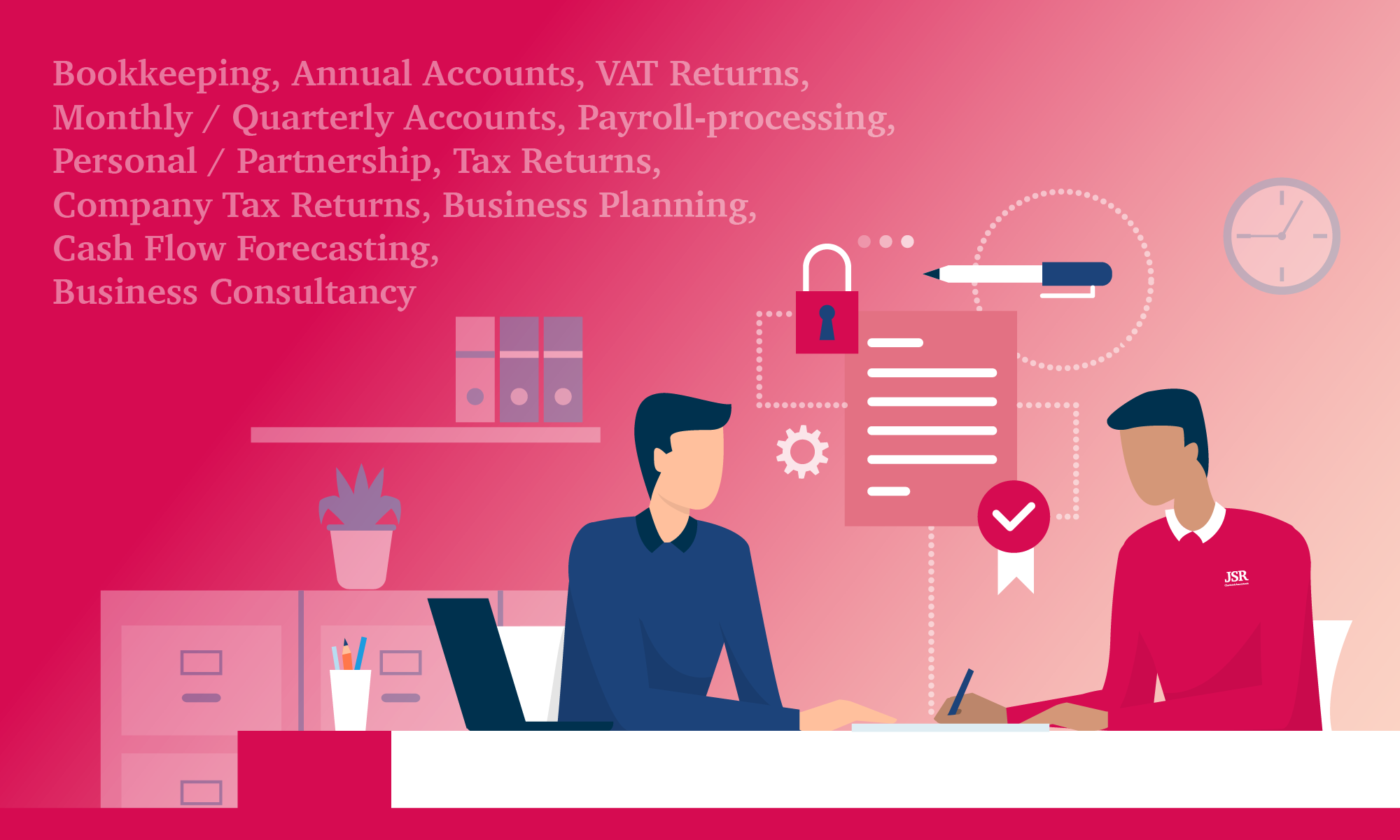George Osborne delivered his 2012 Autumn Statement yesterday and we have summarised the key points below:
INDIVIDUALS
- The Personal Allowance is to increase from £8,105 to £9,440 from April 2013 for those aged under 65. This is part of a plan to ultimately increase the Personal Allowance to £10,000.
- The band of income tax rate at 20% is being reduced from £34,370 to £32,010 from April 2013
- The threshold for 40% income tax is to decrease from £42,475 to £41,450 in 2013/14 but will increase by 1% in 2014/15 and 2015/16 to £41,865 and £42,285
- The 50% band currently applies where taxable income exceeds £150,000 but the rate will fall to 45% next year.
- New universal credit for Income Tax is coming into effect next year as previously announces
- The Capital Gains Tax annual exemption is to increase by 1% to £11,100
- The Inheritance Tax exemption is to increase in 2015/16 from £325K to £329K
- No new tax was implemented on property
- From 2014/15, pensions lifetime allowance is to reduce from £1.5m to £1.25m and annual allowance from £50K to £40K. This restriction of pensions tax relief is a £1bn tax rise for high earners
- The ISA limit extended from April 2013 to £11,520
- The Basic State pension is to increase by 2.5% next year which is a rise to £110.15 per week
- Tougher measures on welfare fraud are announced. Changes to welfare benefits will save £3.7bn in 2015/16
- Child benefit is to increase by 1% for 2 years with effect from April 2014
BUSINESSES
- Main rate of Corporation Tax cut by 1% to 21% in April 2014 (was set to be 22%), currently set at 23% for April 2013
- Increase in Annual Investment Allowance for capital allowances from £25K to £250K from 1 January 2013 for 2 years. This is a huge boost for expanding businesses
- A number of tax avoidance loopholes are to be closed immediately, and anti avoidance will be further tackled by an increase of 2,500 in the number of tax inspectors
- New general Anti Avoidance Rule still be introduced in April 2013
- £5bn to be received over 6 years from undisclosed Swiss bank accounts of UK residents
- Temporary doubling of small business rate relief was to end 2011 – already extended to April 2013; now extended further to April 2014
- Tax relief for employee shareholder scheme to be introduced
- Consultation on new tax incentives for shale gas
OTHER ISSUES
- The planned 3p rise in fuel duty from January 2013 is now cancelled.
- Extra £5bn capital investment to be made in infrastructure – Northern Ireland will get its share
- Broad band investment in various areas across UK
- Extra £600m for scientific restructure in UK
- £270m to be made available for improvements in further education in UK
- £1bm to be made available to expand schools and build 100 new free schools and academies in UK

